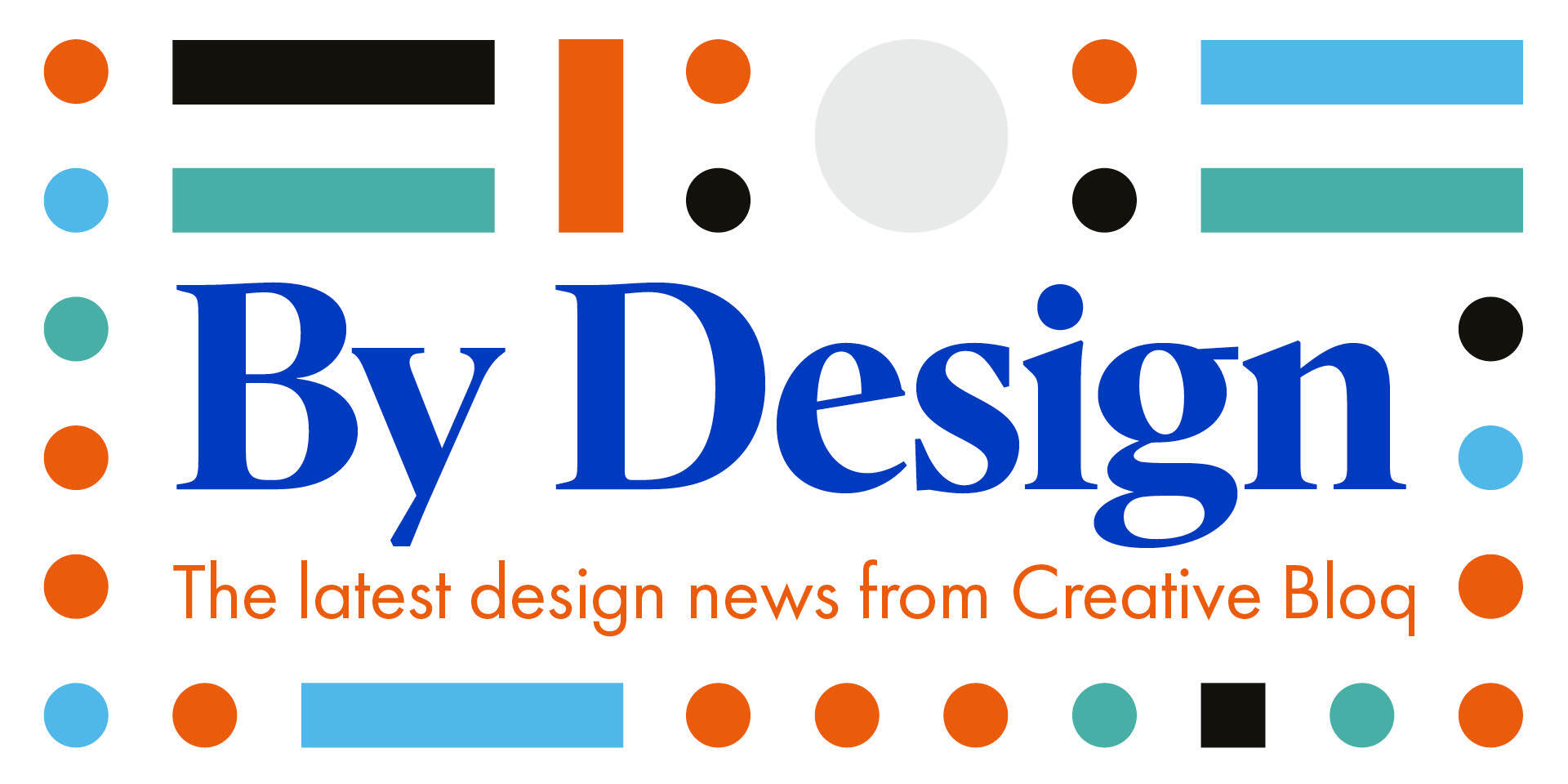Big question: how do you go about launching sites or products?
In an era of cloud-based computing, is the very idea of a product launch just a hangover from the days of boxed software? We asked our our panel of experts how they handle introducing new concepts

Gavin Elliot
Designer
www.gavinelliott.co.uk
As long as you get them right, I certainly wouldn't say launches are dead.
Hype creates a good launch, but over-hype can kill a good launch. The best thing to do is be modest. Tell people facts of what can change or improve their workflow or life, and you'll begin to win them over. Then, over time, do incremental launches of new features.
Gavin is founder of the Industry Web Conference

Hampus Jacobsson
Founder and CEO Dexplora
www.getsalesdoneapp.com
It’s best to launch a product when you’ve proven its customer value - and no sooner than that. A lot of startups build a product with their own dreams as a specification and then launch it believing it will have great success in the real world. Unfortunately, that is seldom the case.
When you do launch, decide what you want to achieve. A lot of publicity is great for vanity, but doesn't contribute much to the business. If you want to increase sign-ups then test and optimise the steps in your funnel pre-launch. If you want to reinforce to your existing customers that they made the right choice, then plan how to get your news in media that’s credible to them.
And if it is just for your own vanity, then, yes, it is a great idea to get it in the media you read and like. But don't expect anything but boosted self-esteem.
Hampus is founder of TAT and Dexplora

Joe Leech
User experience consultant
psychologyfordesigners.com
I can't remember the last launch I worked on that was a true flip-the-switch-and-make-it-live-to-everyone event.
If your site is business critical, you'd never take the risk of putting it live without properly testing it in the wild. You launch quietly, diverting 10 per cent of traffic, measuring key user journeys, monitor performance, squash bugs. Then you divert 20 per cent of traffic, measure, squash and monitor. You continue until you hit 100 per cent. Then is the time to launch with the associated fanfare.
Joe is a user experience consultant at cxpartners

Trent Walton
Founder
www.paravelinc.com
I think this is becoming the norm. Heck, I even get excited about app updates. They often feel like launches unto themselves as new features or improvements are released. It’s important to do good work as well as improving how you work; if you continually improve team structure and process, iteration is easier. After all, launches are just the beginning.
Trent is one third of Paravel

Naomi Atkinson
Designer, illustrator, retailer
naomiatkinson.com
You could call them silent launches. A project or big update needs to be pushed live at some point. However, it’s more sensible to do this quietly and gaining live feedback, testing for bugs or issues before shouting about it.
Naomi is a designer and illustrator

Matt Gifford
Developer
www.mattgifford.co.uk
I tend not to have a set launch date. A core part of my development process is continual integration and testing, releasing constant builds of updated code to the staging server as and when it’s built. If I'm working with a client, this allows them to remain up-to-date with progress and means they can test as often as they like and give me any feedback instantly. Once in a stable state and myself and the client are happy, it’s pushed to a production server for public use, but the continuous integration and development still rolls on and updates are then pushed to production as well. Release little and often and stay on top of the project as you go.
Matt owns development consultancy firm monkehWorks

Robert Walker
Managing director
www.xcitedigital.com
Why not launch to build hype around a new product or company and use search social and email campaigns to drive awareness? This doesn’t mean you won't have a continual source of development evolution. When you launch, you’ll always find ways to improve based on feedback and evaluation.
Rob is managing director at Xcite Digital
Get the Creative Bloq Newsletter
Daily design news, reviews, how-tos and more, as picked by the editors.

Tim Millwood
Developer
www.millwoodonline.co.uk
Site launches need to be carefully planned and executed. As part of the onboarding team at Acquia, I’m launching client sites most weeks. These range from sites detail a new product being announced at an international event, fundraising sites needing to be ready for a television campaign and sites that launch with little fanfare. Some tips for success would be test, monitor and optimize. Most importantly, try to launch early in the week, or when resources to help resolve issues are at their best.
Tim is a client advisor at Acquia

Jon Arnold
Strategist
centresource.com
While it's true that Agile and XP methodologies have drastically changed how releases and launches work, the true purpose of a product cannot be forgotten. If no-one’s using the product, it's pointless. But, a launch date or event is still incredibly important from a product marketing perspective. By rallying around a date or launch event, you're (in theory) able to excite and inform a target audience as you onboard them as customers.
Jon is a strategist at Centresource

Ross Bruniges
Developer
www.thecssdiv.co.uk
While I don't believe that releases are dead (how else would you launch a brand new project to the world?), a number of projects could certainly be released and launched sooner. Have real users provide feedback and then act on that to mold the site’s future development.
I'm not sure if this is an industry standard term, but at Mozilla we referred to this as Minimum Viable Product (MVP). We worked the core site requirements and worked to develop those as quickly as possible. Everything else was deemed either an addition or a ‘nice to have’; not having them wouldn’t hold up the launch. This doesn't mean that they don't get developed, indeed some might have been launched the day after, but as long as we had the key features we were good to go. It helped us get a lot of things out of the door.
Ross is a web developer

Jonathan Smiley
Designer
www.zurb.com
I would agree that the launch as a milestone of product completion is dead. Software shouldn’t be declared as finished anymore, unless the intent is for it to die. The launch is still alive in marketing, where an entrance, new release or a major improvement is something that an entire media ecosystem is designed to celebrate and broadcast. It doesn't have the same make or break consequence as it used to, but it's a solid tool to drive awareness.
Jonathan is design lead at ZURB

Whitney Hess
UX designer
www.whitneyhess.com
A product launch is like a wedding: it's a commitment ceremony. The business vows to serve the customer from this day forward, till death do them part. The journey began long before the declaration, but the launch makes things official to the masses.
Some couples focus more on the wedding than the marriage. Some companies do the same. Launches aren't innately good or bad; their value is tied to intent. To succeed, it must be seen as a beginning, not an end.
Whitney is an independent user experience designer
Discover the ultimate guide to logo design at our sister site, Creative Bloq.

Thank you for reading 5 articles this month* Join now for unlimited access
Enjoy your first month for just £1 / $1 / €1
*Read 5 free articles per month without a subscription

Join now for unlimited access
Try first month for just £1 / $1 / €1
The Creative Bloq team is made up of a group of design fans, and has changed and evolved since Creative Bloq began back in 2012. The current website team consists of eight full-time members of staff: Editor Georgia Coggan, Deputy Editor Rosie Hilder, Ecommerce Editor Beren Neale, Senior News Editor Daniel Piper, Editor, Digital Art and 3D Ian Dean, Tech Reviews Editor Erlingur Einarsson, Ecommerce Writer Beth Nicholls and Staff Writer Natalie Fear, as well as a roster of freelancers from around the world. The ImagineFX magazine team also pitch in, ensuring that content from leading digital art publication ImagineFX is represented on Creative Bloq.
